Difference Between Advertising and Publicity
What is Advertising?
Advertising is paid promotion messaging where the brand controls the message, timing, and placement. Designed to influence behavior, advertising leverages the media channels like television, digital, print, and out-of-home media to reach the target audience. Advertising is used to create awareness, drive sales, and drive brand perception. Through its investment, advertising enables companies to get consistent messages across channels and maximize visibility and return on investment. The obvious purpose and recognizable sponsorship render it a pillar of contemporary marketing strategies.
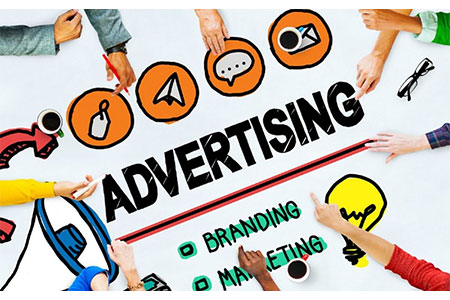
What is Publicity?
Publicity is the unpaid visibility a brand gets through media, public events, or word of mouth. It differs from advertising, as it is not under the immediate control of the company and can happen naturally through newsworthy behavior, product launches, or even controversy. It's earned, not purchased, and tends to carry greater credibility with the message. It costs nothing in terms of money, but publicity does carry the risk of being misunderstood since it is dependent on how the media or public portrays the image of the brand.
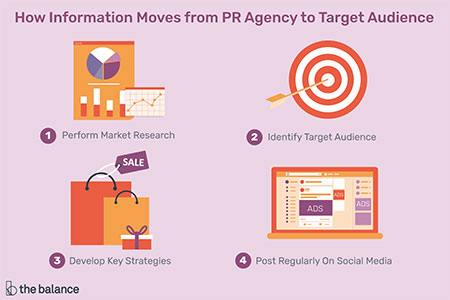
Advertising vs Publicity
| Aspect | Advertising | Publicity |
|---|---|---|
| Cost | Paid by the brand | Free, earned media |
| Control | Full control over message and timing | No direct control over content |
| Source | Identified sponsor | Media or public-driven |
| Intent | Commercial and persuasive | Informative or reputation-based |
| Credibility | Often viewed as biased | Perceived as more trustworthy |
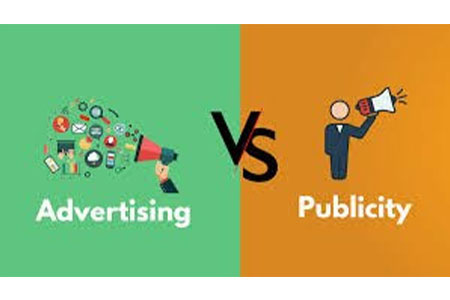
Features of Advertising
Non-Personal Yet Targeted Communication
Advertising addresses large numbers at arm's length but is far from one-size-fits-all. Using demographic information and behavior understanding, brands craft messages that connect with particular people, each impression a significant one.
Strategic Investment for Business Growth
Effective advertising is a thoughtful investment, making customers aware of the brand, acquiring new customers, and building business. Used with precision, it turns awareness into action and fuels a high rate of long-term profitability.
Consistent Brand Messaging Across Channels
One of the biggest advantages of advertising is that it can develop a consistent voice for the brand across media, digital, print, or broadcast, and provide the consumer with a clear, consistent message at each touch point.
Clear Call to Action with Personalized Appeal
Organic content relies on indirect response, but advertising thrives on direct response. The communication of clear calls to action, developed from customer insight, drives audiences from consideration to conversion, whether sale, sign-up, or inquiry.
Commercial Intent with Identifiable Sponsorship
Each ad serves a specific commercial purpose and has a designated sponsor. Transparency in this way generates expectations and enables companies to align brand values with customer interests, generating measurable effects.
Part of the Integrated Marketing Mix
Advertising is most effective when used in conjunction with other advertising instruments. As part of the fundamental marketing mix, advertising helps boost promotions, public relations, and sales efforts to provide maximum impact in campaigns.
Stimulates Demand and Builds Trust
Strategically placed advertising not only gets attention, but it also builds buyer confidence in the long run. Several exposures to strong, believable communications build recognition, and as a general rule, recognition creates loyalty and demand.
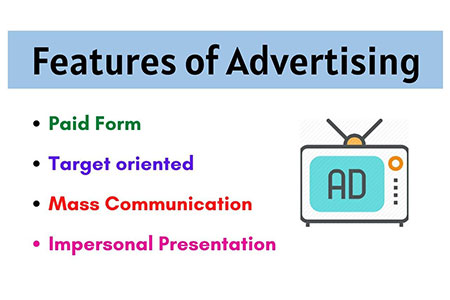
Types of Advertising
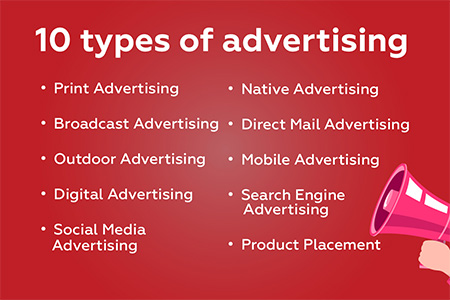
Search Engine Marketing (SEM)
SEM employs paid search ads to position brands at the top of search rankings, reaching intent-driven users. It's performance-driven, extensively measurable, and best suited to capture demand in real time.
Social Media Promotions
Sites like Facebook, Instagram and LinkedIn display paid posts, which function as advertisements. Through their advanced targeting systems and visual storytelling capabilities, they reach specific niche audiences in conversational voices.
Traditional Print Advertising
Newspaper, magazine, and brochure print ads provide credibility and touch. It's perfect for rich storytelling and is suitable for local reach and luxury/professional segments.
Broadcast and Streaming Media Advertising
Be it television, radio, or OTT platforms, these advertisements provide high reach and impact. Perfect for generating brand awareness, they interact with people through compelling imagery, sound, and narrative.
Outdoor and Out-of-Home (OOH) Advertising
From billboards to transit advertising, OOH grabs notice in public areas. It's built for high exposure, frequency, and geographic targeting, making mass reach and recall of the brand feasible.
Mobile and In-App Advertising
The rising mobile use makes in-app advertising deliver personal location-based interactions. Brands connect with users through banners and video and pop-up messages during real-time moments when users are on the move.
Native and Sponsored Content Advertising
Merging seamlessly with editorial content, this type of advertising presents a value driven narrative. It doesn't interrupt but subtly sells a brand, increasing engagement and trust without hard selling.
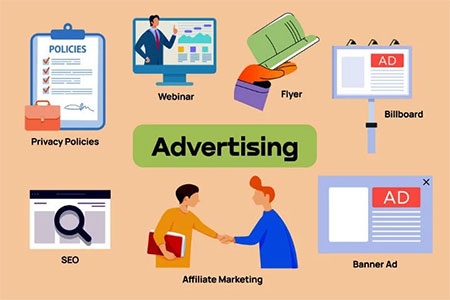
Features of Publicity
Unpaid Exposure
Publicity delivers brand visibility without requiring purchased media placements. When brands achieve media coverage through engaging stories or events, their audience naturally expands, which makes it an economical element of communication plans.
Influences Public Opinion
Publicity determines how people view a brand in the public eye. It affects public perception through its ability to change sentiments and establish trust while driving discussions that modify consumer purchasing decisions.
Lack of Direct Control
The control of publicity remains out of reach because it differs from advertising. Once a narrative reaches public awareness, its meaning depends on journalists and influencers together with the public audience, thus making reputation management essential.
Broad Audience Reach
Strategic timing of publicity events together with media mentions enables brands to reach broad audiences that span different demographics. The message amplification through third-party platforms and voices enables brands to extend their reach beyond their direct audience base.
Perceived as More Trustworthy
Publicity maintains an authentic quality because it exists outside of the brand's financial control. People find endorsements and coverage from credible sources more convincing than promotional content.
Event or News-Based in Nature
Real-time events like product releases along with collaborations and announcements, act as the primary causes of publicity generation. The material is inherently newsworthy and compelling since it still has relevance and timeliness.
May Arise Unexpectedly
Publicity occurs naturally through three main sources: viral trends, user reviews, and unplanned media interest. The unpredictable nature of publicity does not prevent brands from using it effectively to achieve substantial brand exposure through proper management.
Types of Publicity
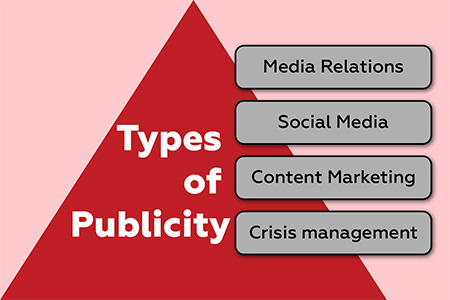
Informal Media Talks
When reporters lightly name a brand in posts or interviews, it's free exposure that carries subtle credibility. Such casual plugs frequently are the byproduct of good media relations or brand newsworthiness.
Public Presentations
Presenting at industry conferences or events can garner media coverage and audience exposure. Such speeches place executives in positions of authority, generating buzz naturally without pay-for-play.
Media Interviews
A TV or radio feature story or expert interview, or an online feature on a website or social media channel, offers broad coverage. Such segments engender credibility, being viewed as editorially selected and not commercially motivated.
Product Launch Events
Product launches with media invites can create free publicity in news, blogs, and social media channels. If the launch has made an impression or is unprecedented, the generated publicity can be enormous.
CSR Activities
Social causes given by brands have a tendency to attract media attention. Media attention from CSR initiatives promotes a company's values and good public relations.
Viral Social Content
Organic shares, trends, or memes of a brand can drive enormous reach. Such publicity is uncertain but extremely powerful when a brand is joining cultural conversations in an authentic manner.
Crisis Responses
In times of controversy, how a company reacts can create tremendous publicity. While dangerous, proper management of a crisis can regain public confidence and even improve the company's image in the long run.
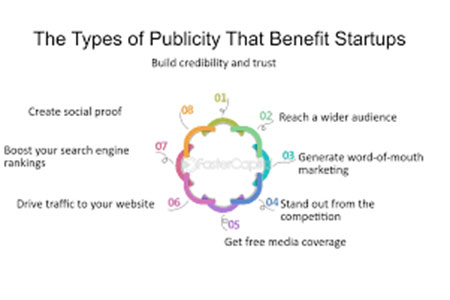
Real World Examples of Advertising and Publicity
Advertising: Coca-Cola's Super Bowl commercial, Apple's billboard ads, Google's SEM commercials, McDonald's promotional mobile apps, and Nike's YouTube ads.
Publicity: Tesla's viral tweets, Patagonia's green movement, Dove's "Real Beauty" media coverage, IKEA's green movement, and Oprah giving an endorsement to a book.
Advertising constitutes a paid approach to managing the message, whereas publicity comes through actions and narratives that necessarily draw attention from the media.
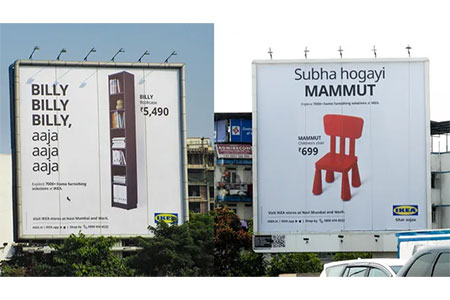
Conclusion
Both advertising and publicity are essential marketing tools within a brand's communication mix. Advertising provides message control and constant visibility, whereas publicity offers credibility and wider visibility through natural exposure. The combined framework presents a balanced view by linking deliberate marketing with natural audience participation. Brands that grasp the optimal balance between promotion and publicity creation develop genuine connections with their audience while building enduring relationships.
FAQs
With advertising, a brand already has all control over its content and placement, whereas the essentially external publicists are beyond direct control.
Yes, in fact. Publicity is free media, earned by the initiative, while advertising relies on paid promotions linking an advertiser with consumers through the selling process.
Yes. A creative or controversial advertisement can go viral, being covered in the media and generaing online buzz-aging the paid promotion into free publicity.
Advertising KPI included impressions, clicks, and ROI. Publicity success can be measured by a number of media mentions, sentiment analysis, and overall brand visibility.
Sometimes audiences perceived advertising as something promotional, whereas publicity is more credible since it comes free of charge and through trusted sources.



